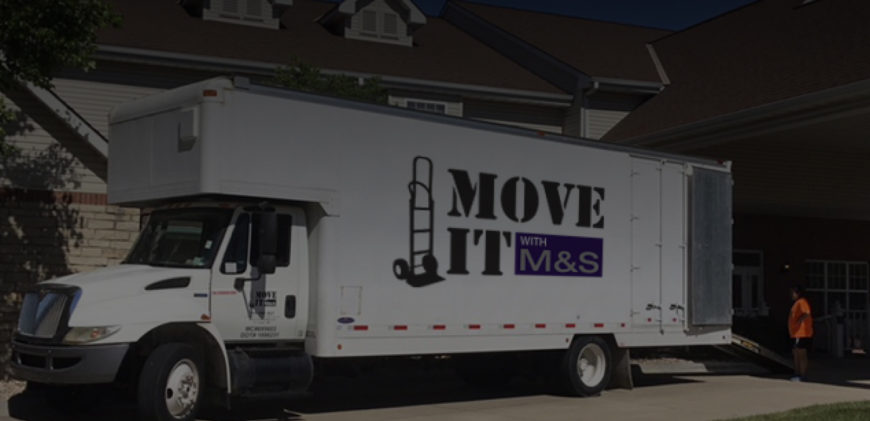
Moving at any stage of life can be fraught with challenges and stressors, but moving as a senior citizen can get even more complicated. The reasons behind moving are more likely to be emotional, and the need for safety and security is stronger than ever. Here are some tips on the practicalities of moving with senior citizens.
Moving day is actually the least important day of your move. Far more important are all the planning days that come before, that make moving day run as smoothly as possible. Planning properly will set seniors up for the best life in their new homes.
From the decision to move, to the search for a new home, from the de-cluttering and downsizing, to the packing and loading, from the unloading to the unpacking, moving is a series of smaller steps rather than one sweeping event. It’s vital to avoid overwhelm and burnout by focusing on the smaller, bite-sized pieces of the puzzle.
What type of new home environment are you moving into? An independent place of your own? A nursing home at an average of $80,000 per year? An assisted living facility at an average of $43,000 a year? An in-law suite or spare bedroom with family? These questions will have a huge impact on how you plan your process of moving.

We’ve previously talked about moving tips and checklists, de-cluttering, avoiding moving scams, moving in winter, and more. Here are some additional considerations related to senior citizens’ moving experiences.
How much downsizing do you need to do? For example, if you currently live in a 2500 square-foot home, and you’re downsizing to 1000 square feet, You will need to downsize your belongings by about 60%. This might sound daunting, but it’s absolutely doable with enough preparation. One thing that might help is obtaining a floor plan of your new home, cut out furniture templates, and arrange them in your new space. Make sure you’re also downsizing your kitchen items, clothing, and collectibles by 60%, too.
Strong memories can be attached to possessions, but there are other ways for those memories to be saved. For example, photographs of your grandmother’s China, your grandfather’s golf clubs, or your children’s artwork can be saved in an album or online, and the actual items can be sold or donated.
Falls are the leading cause of both fatal and non-fatal injuries for senior citizens. Falls threaten seniors’ safety and independence, but can be prevented through appropriate planning. Don’t just look at where your health is now, but consider potential safety hazards as you grow older. One in four Americans over the age of 65 falls every year. Don’t be one of them. Look at lighting, slippery floors, and grab bars to keep yourself safe.
Will you be able to open cabinets? Drawers are often easier. How easily can you reach high or low shelves? Can you handle the stairs, or do you need a ramp? Can you replace doorknobs with levers?
At Move It With M&S, we’re proud of the services we have in place to make senior citizens’ moving experience safe and easy for everyone involved.
Moving house is stressful for everybody. Moving for senior citizens has extra circumstances that need to be considered. Safety and security, health and happiness, and memories and moral support are even more important in seniors’ moves. With sufficient planning, moving senior citizens can be a smoother, easier process.